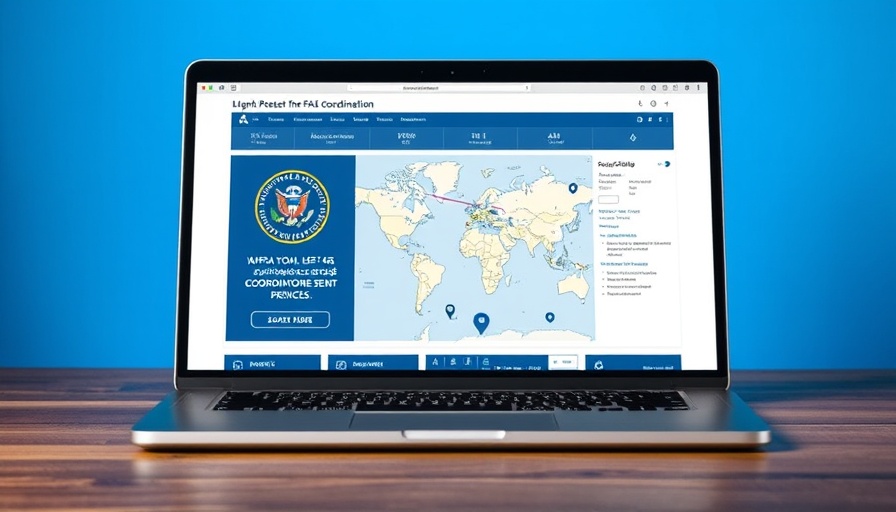
The Importance of Further Coordination for Drone Pilots
As technology advances, the complexity of regulations surrounding it often creates challenges for users. For drone pilots, one particular hurdle lies in understanding how to navigate airspace restrictions effectively. For commercial pilots, the process of requesting further coordination through the FAA Drone Zone is not just an administrative task but a critical step for safe and legal drone operations.
In 'How to Apply for Further Coordination Through the FAADroneZone,' the discussion dives into the process of navigating airspace restrictions, exploring insights that sparked deeper analysis on our end.
Understanding the FAA Drone Zone
The FAA Drone Zone serves as the central hub for drone pilots to request airspace authorizations. By using this platform, pilots can seek permission to operate in areas where traditional apps display red notices of 'zero' operations. This feature is particularly useful for flying in controlled airspace or where altitude limits are placed below the requirements of their specific operations.
Step-by-Step Guide to Applying for Further Coordination
The process starts when pilots log into the FAA Drone Zone. Here, they will navigate to their Part 107 dashboard, where the options for either airspace authorization or operational waivers are laid out. Selecting airspace authorization is the path forward for those seeking clarity in their operational limits.
Importantly, when filling out the application, specificity is crucial. Pilots should avoid generic requests and instead include precise information about their operational limits, including the exact altitude need and the coordinates of their operation site. By keeping these details clear, pilots improve their chances of approval.
Key Tips to Avoid Denials
One major takeaway from the video is that time management in applications plays a significant role in minimizing denial risk. Operations that are planned at least five days in advance typically receive quicker approval. Moreover, pilots should be cautious not to overestimate their altitude needs; asking for essential heights prevents raising red flags within the FAA’s review team.
The Role of Emergency Authorizations
In cases of emergencies, such as natural disasters, the FAA may expedite the approval process for further coordination. This emergency authorization can facilitate drone operations faster, supporting first responders or aiding in disaster relief. Hence, understanding how to qualify for this fast-track system can be advantageous—especially in critical situations.
Conclusion: Navigating the Skies Legally
If you are a drone pilot unsure about navigating airspace regulations, further coordination through the FAA Drone Zone is essential for legal compliance and safe flying. Equip yourself with the right knowledge, templates, and guidelines to ensure your drone operations are secure and lawful. Understanding this process not only enhances your flying experience but also builds a safer environment for everyone in shared airspace.
 Add Row
Add Row  Add
Add 




Write A Comment